Inquivix HQ
1-903, 18 Eonju-ro 146-gil,
Gangnam-gu, Seoul, Korea
06057
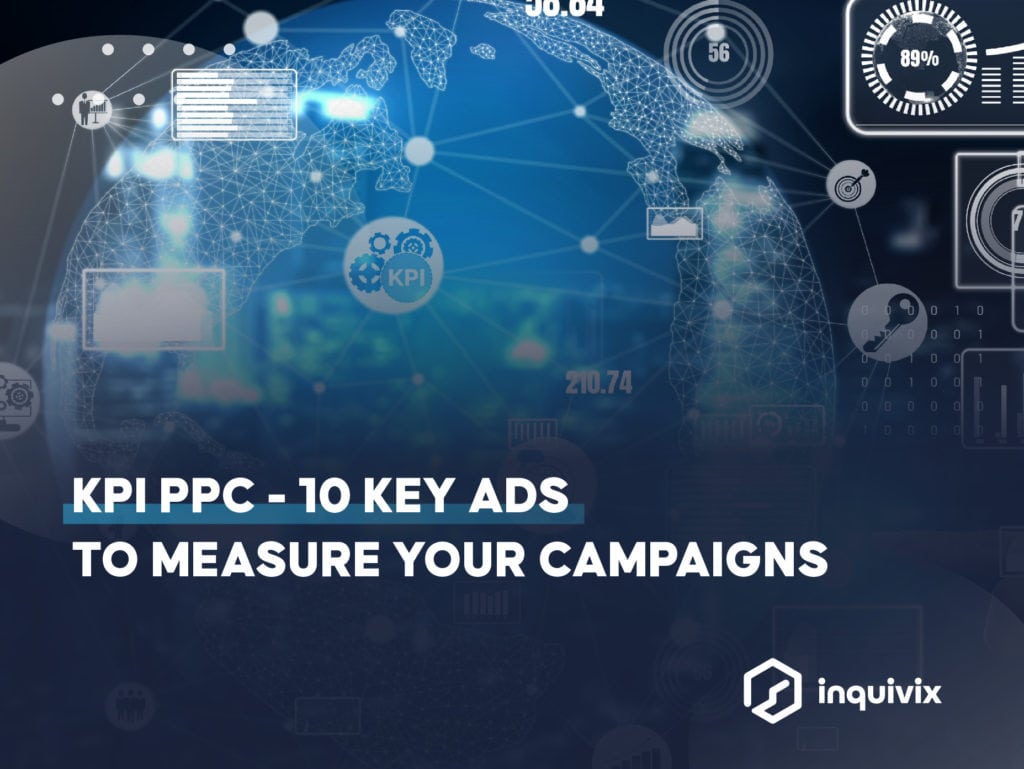
KPI PPC – How do you measure the success of your pay-per-click (PPC) campaigns? Knowing whether your paid ads are working will help you allocate your budget more wisely, and optimize your ads for more clicks, conversions, and sales.
But what I didn’t know is that there are so many different key performance indicators (KPIs) we can look at. If you, like me, thought that PPC ads were just about measuring clicks – it’s time to get schooled!
Here’s a list of the most important KPIs to know and measure for your PPC campaigns:
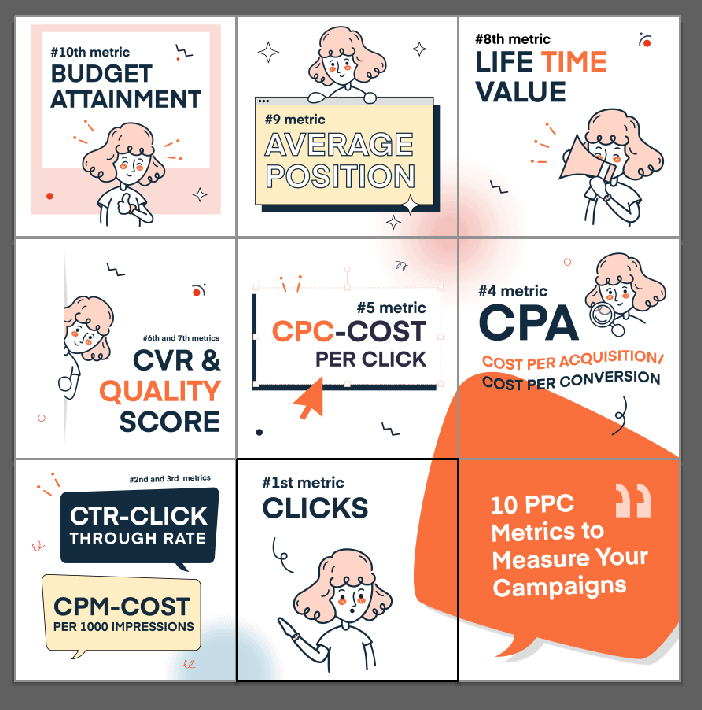
1. Clicks
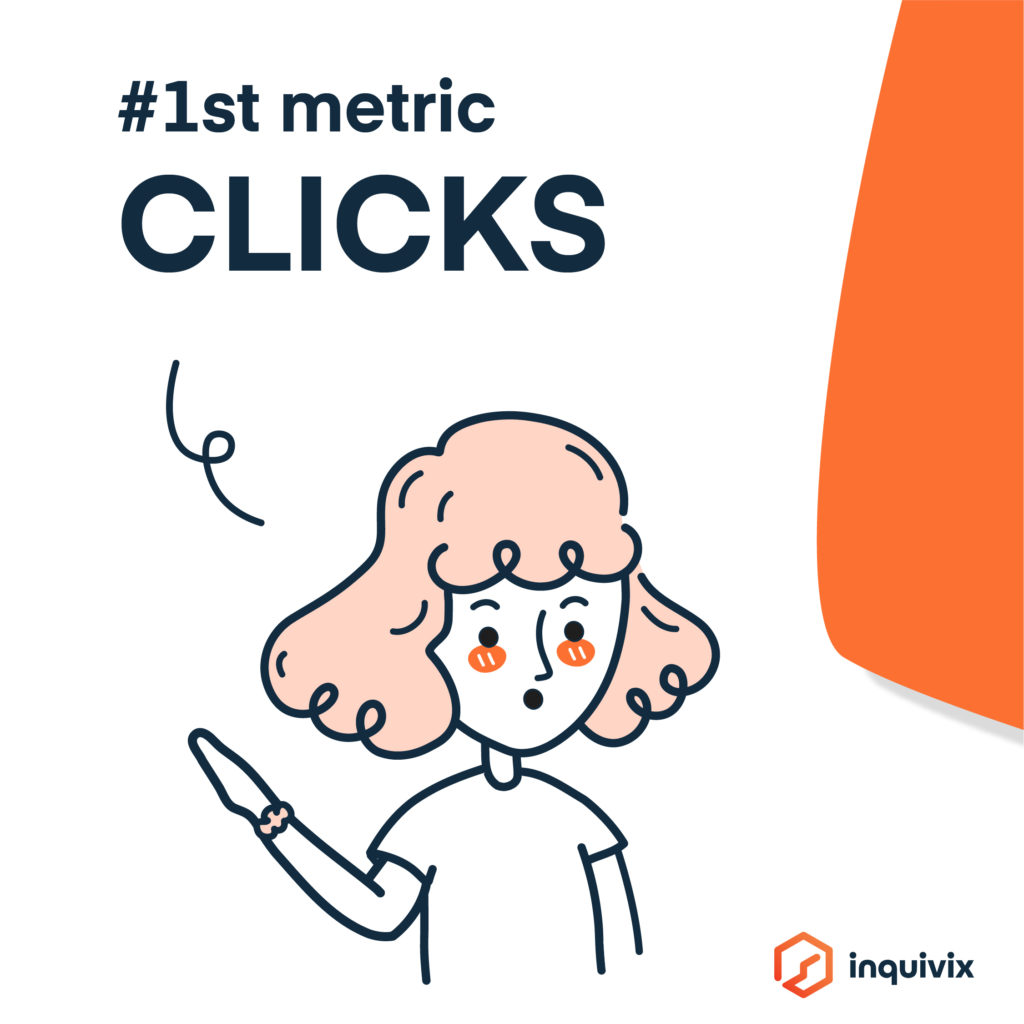
The simplest and most straightforward KPI: clicks. This is literally the number of clicks that your ads receive.
While it can provide some indication of an ad’s success, it isn’t meaningful if there isn’t a baseline to compare your results to. Also, it doesn’t really give you the full picture: say, if I put in $100 to show 100 ads, versus $10 to show 10 ads, it’s natural to get more clicks on the campaign with more ads. But that doesn’t mean that the first campaign is more ‘successful’ just because I had more clicks – it was ‘successful’ just because I had a higher budget to show more ads.
And that’s where another KPIs like CTR come in.
2. Click Through Rate (CTR)
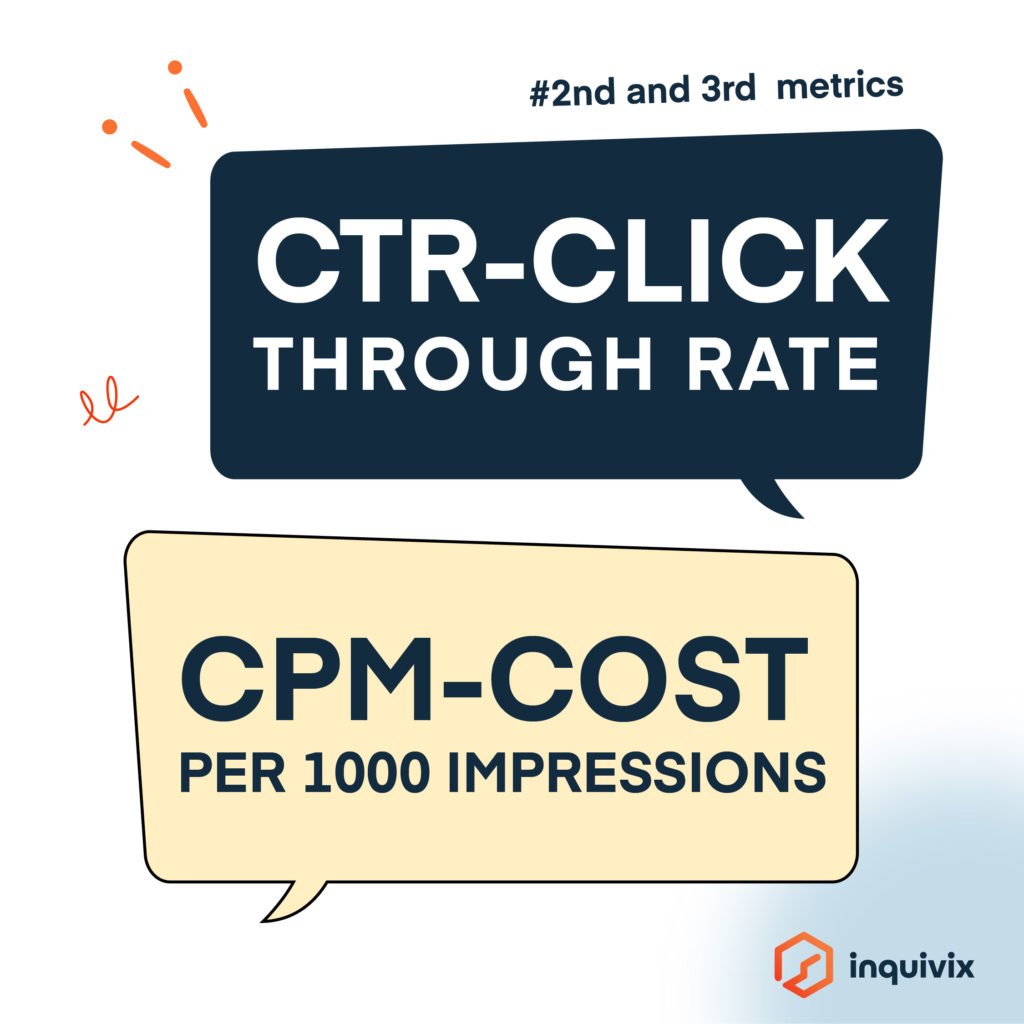
CTR puts the number of clicks into perspective, in relation to the number of impressions your ad gets. It is measured as a percentage of ad views that lead to a click. So, if my ad has 200 impressions and 20 clicks, the CTR is 10%.
CTR is most meaningful when you compare it across your own campaign at different times, or for A/B testing of certain ad components. As a broad-based measure, it is less useful, as there is no fixed indication of what makes a ‘good’ CTR. However, you can still research the industry averages and get a ballpark estimate of how your campaign is faring compared to others in the industry.
3. Cost per Thousand Impressions (CPM)
CPM stands for Cost Per Mile, and it refers to the cost per thousand impressions. This is obtained by taking the total cost of your campaign and dividing it by the number of thousands of impressions your ads get.
CPM = Total cost of campaign / (Total impressions / 1000)
A lower CPM is desirable as it means you get to reach a larger audience while spending less. On some paid advertising platforms, CPM is a bidding method you can use to set up your campaign.
4. Cost per Acquisition/Conversion (CPA)
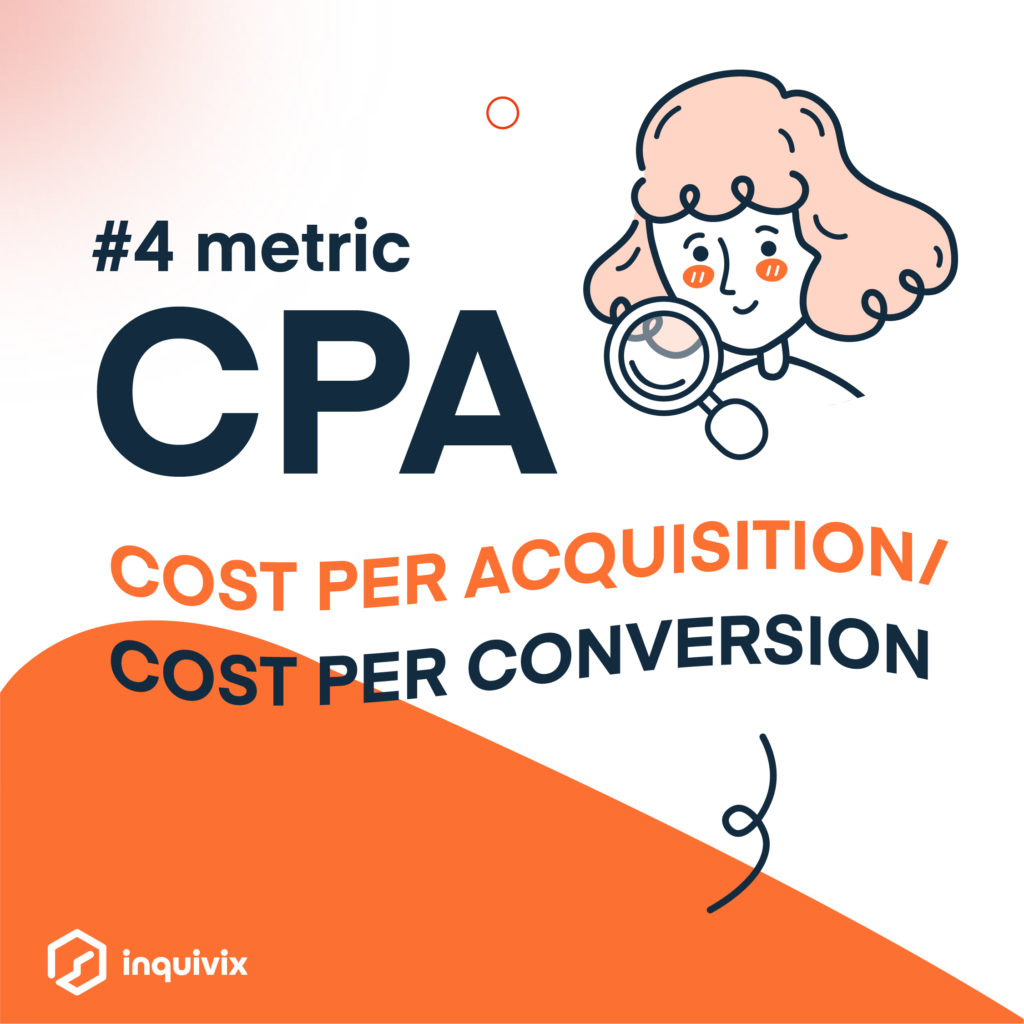
CPA is used to measure how much you pay for every conversion. It is derived by dividing the total ad spend by the number of conversions you acquire. But beware: conversions can mean very different things to different marketers and clients. Whether it’s a sale, inquiry, or new sign-up, it’s important to communicate this clearly to whoever you are reporting the KPI to.
5. Cost per Click (CPC)
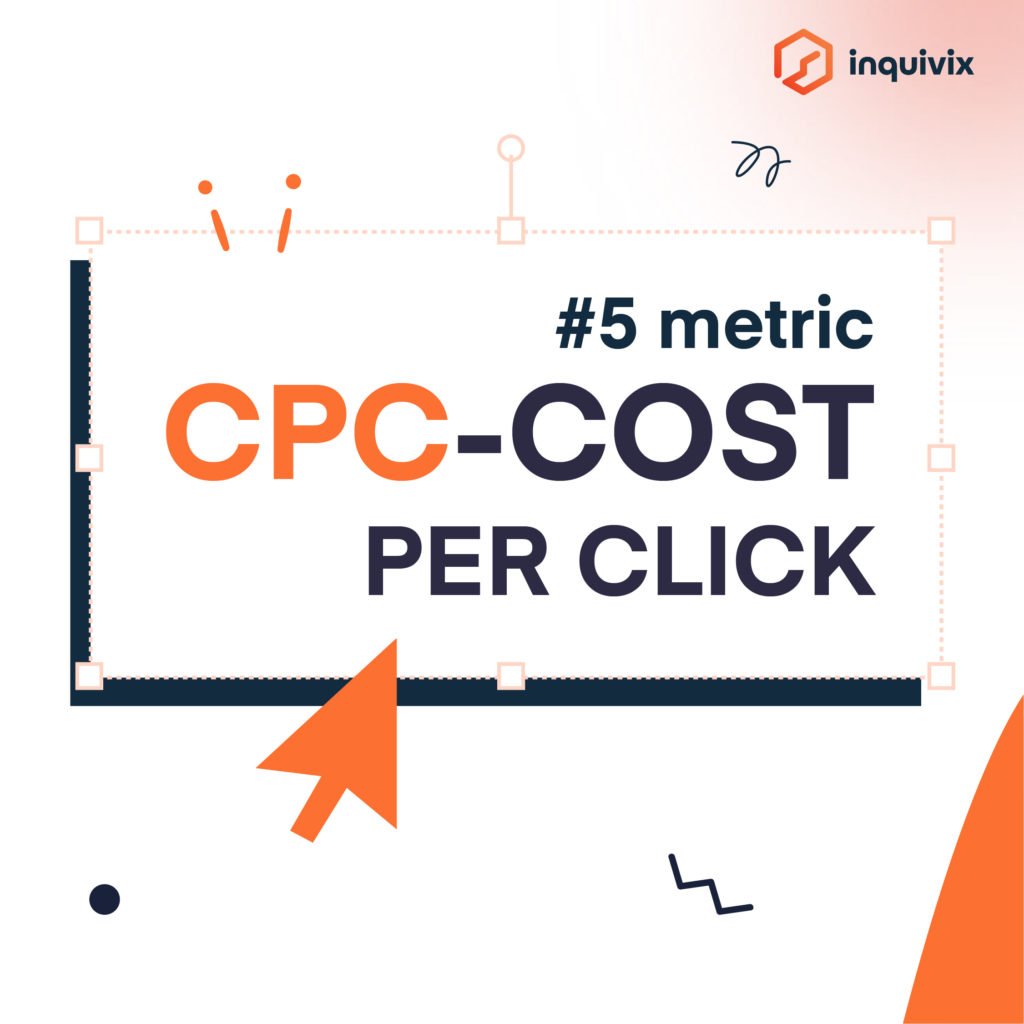
Cost per click is the price that an advertiser ends up paying for each click. I say ‘ends up’ because CPC isn’t always dependent on the budget you set.
To explain, recall that PPC advertising involves an auctioning stage where marketers bid for ad positions. When a marketer wins a bid, they don’t pay the amount they bid for, but instead, the next highest bid. This also means that CPC is influenced by what your competitors do.
So, CPC is the price you actually pay for each click. You can measure it by taking the total amount spent on a campaign, divided by the number of times the ad was clicked.
Once you understand CPA, you can also use it in your bidding technique. In Google Ads, you can set your target CPA (tCPA) for the ideal average CPA you want to achieve with your ads. From there, Google will do the work to optimize your campaign to acquire as many conversions as possible within your budget.
Related article:
Why Small Businesses Benefit Most From Digital Marketing Services
Instagram Marketing 101: Create The Best Instagram Ad Campaigns
What Internet Marketers Need To Know About Advertising On Naver – Korea’s No 1. Search Platform
6. Conversion Rate (CVR)
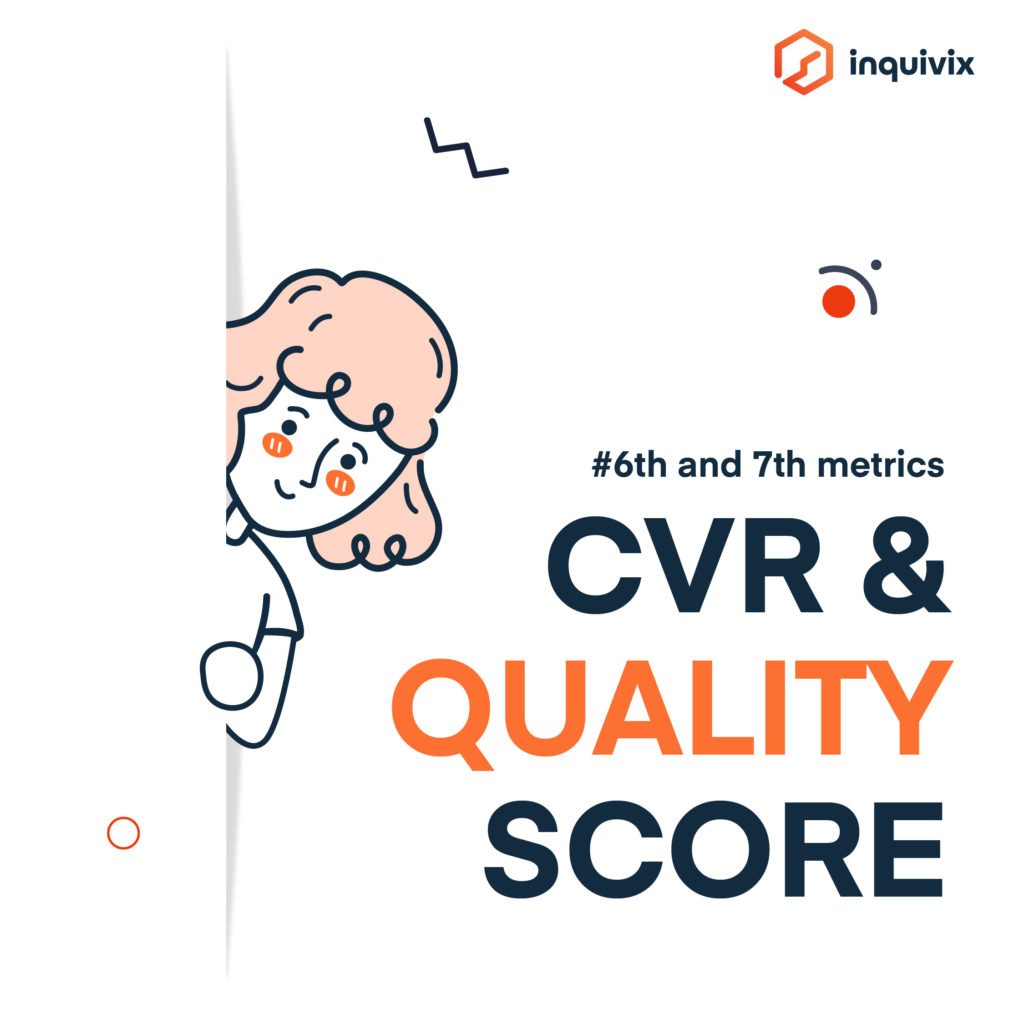
CVR is what business owners are most interested in. After all, marketing is done to increase sales! CVR is used to measure as a percentage of the number of conversions out of the total number of clicks attained. So, if my campaign receives 20 conversions out of 400 clicks, the CVR is 5%.
As mentioned, you can set your ad’s CPA to optimize for conversions. This would also go into maximizing your CVR.
7. Quality Score
While clicks and CTR can be easily measured, quality score is a little harder to get right. You can’t really measure it yourself, as it is a metric defined by Google. However, the search giant provides some information on the factors that affect it, namely: landing page experience, ad format, ad relevance, and expected CTR.
And why should you bother about the quality scores? From a practical point of view, a quality score has bearings on the cost of your ads. A good quality score (from 7 to 10) translates to lower advertising fees, while advertisers have to pay more for ads with a lower quality score (6 and lower).
8. Lifetime Value (LTV)
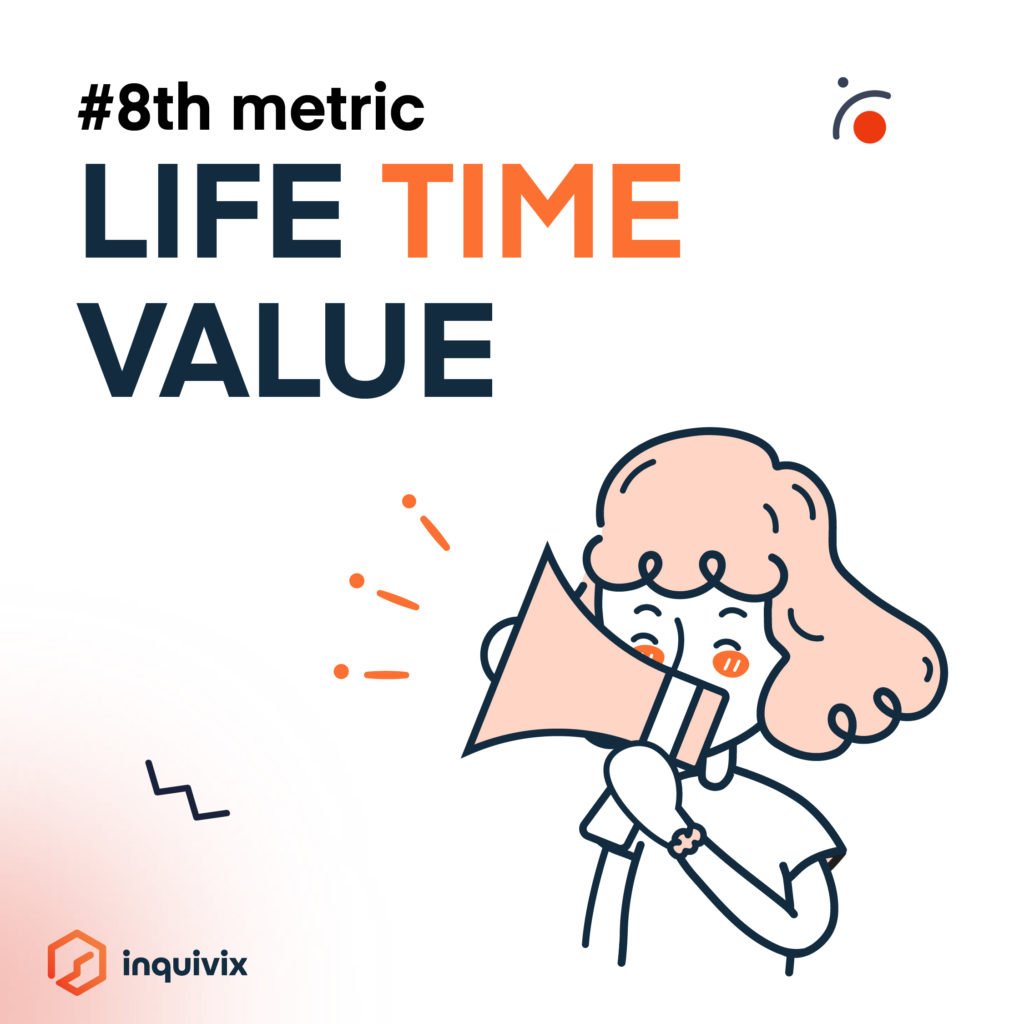
LTV is a broad measure of the success of a PPC campaign. There is no fixed way to measure it, as it depends on what is most meaningful to a marketer in that industry.
For example, you can compare the duration of time that customers stay subscribed to the service the company provides, before and after the PPC campaign. For other businesses, measuring the profit margin per customer is also useful.
Many SaaS (Software as a Service) marketers nowadays find it useful to calculate the LTV:CAC ratio to determine marketing success. Take note that CAC refers to customer acquisition cost, which is essentially another term for CPA.
9. Average Position

One huge advantage of Google search engine ads is the opportunity to be seen on the top search position, even before organic search results. The position of your ad is largely based on your bid amount. Ad rank is determined by multiplying the quality score with the advertiser’s maximum CPM.
However, Google doesn’t keep your ad at the same position all the time, hence giving rise to the average position. For example, for an average position of 2, your ad may have been at the 1st, 2nd, or 3rd position across the span of the day.
Ad position can be a useful metric to track the visibility of your ads. However, it is not indicative of ad performance, as some ads may actually do better when placed in positions beside the top.
10. Budget Attainment
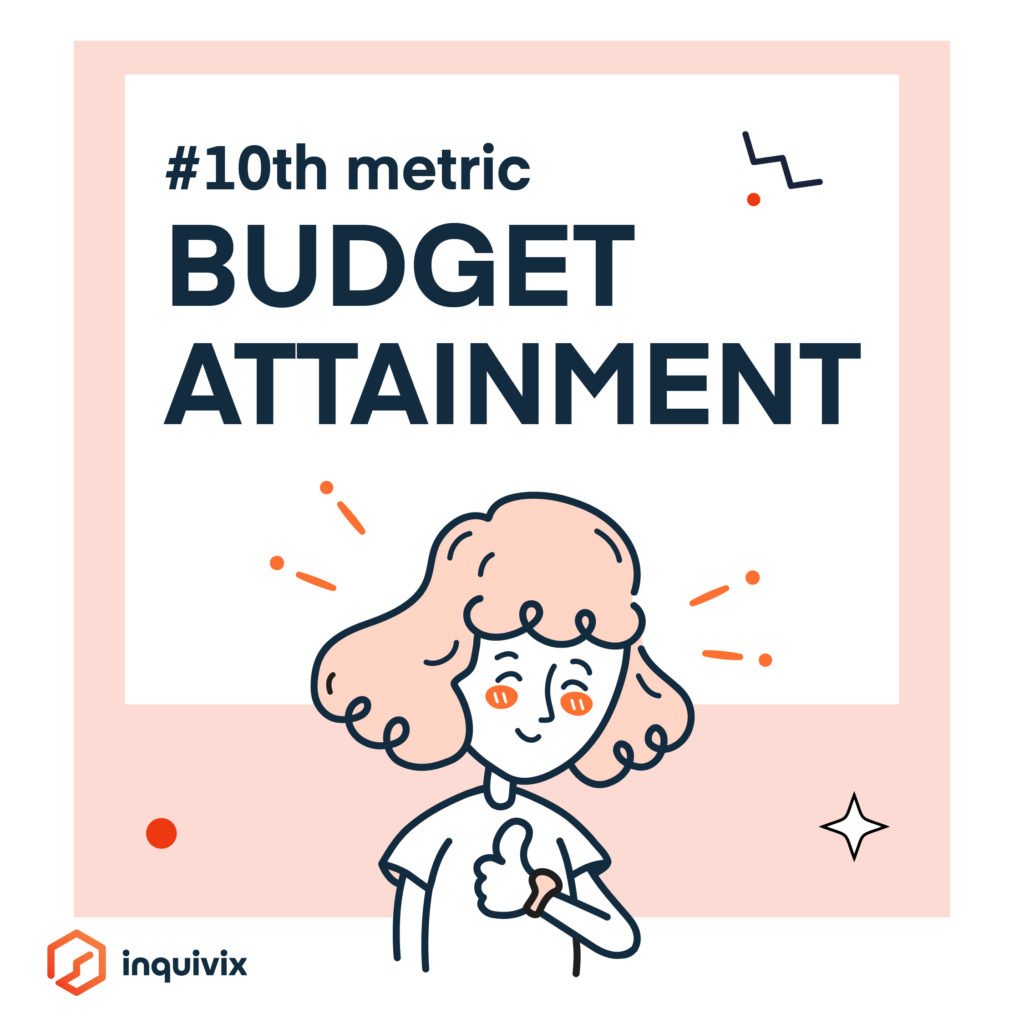
Budget attainment is a KPI that marketers should be aware of. It measures how closely the resultant spending sticks to the original budget.
Although this doesn’t necessarily tell you how well a campaign is faring, it is an important metric to gauge the PPC marketer’s abilities to manage the budget and cost bidding.
Which Should You Use?
KPI PPC – As you might have guessed, there’s no one perfect KPI you should use for your PPC campaign. Most of the metrics are interrelated and tell different parts of the same story. However, they can sometimes be used in conjunction to pinpoint problem areas in your campaign.
For instance, there are times I encountered a campaign that is doing well in terms of CTR, but not delivering high CVR. From there, I would guess that the problem is not with the persuasiveness of the ad copy, but rather, a problem with the landing page.
When it comes to reporting metrics to your clients, don’t fall into the trap of over-reporting. It’s best to focus on the metrics that align with their goals, rather than bombarding them with too many numbers and potentially confusing them.
Conclusion
KPI PPC – Paid advertising is full of confusing numbers and acronyms, but a reliable PPC agency in Korea can help you get on the right track. Hopefully, these common KPI metrics I’ve shared can help you understand your PPC campaigns better, whether you are doing it yourself, or getting support from a digital marketing agency in Korea.
